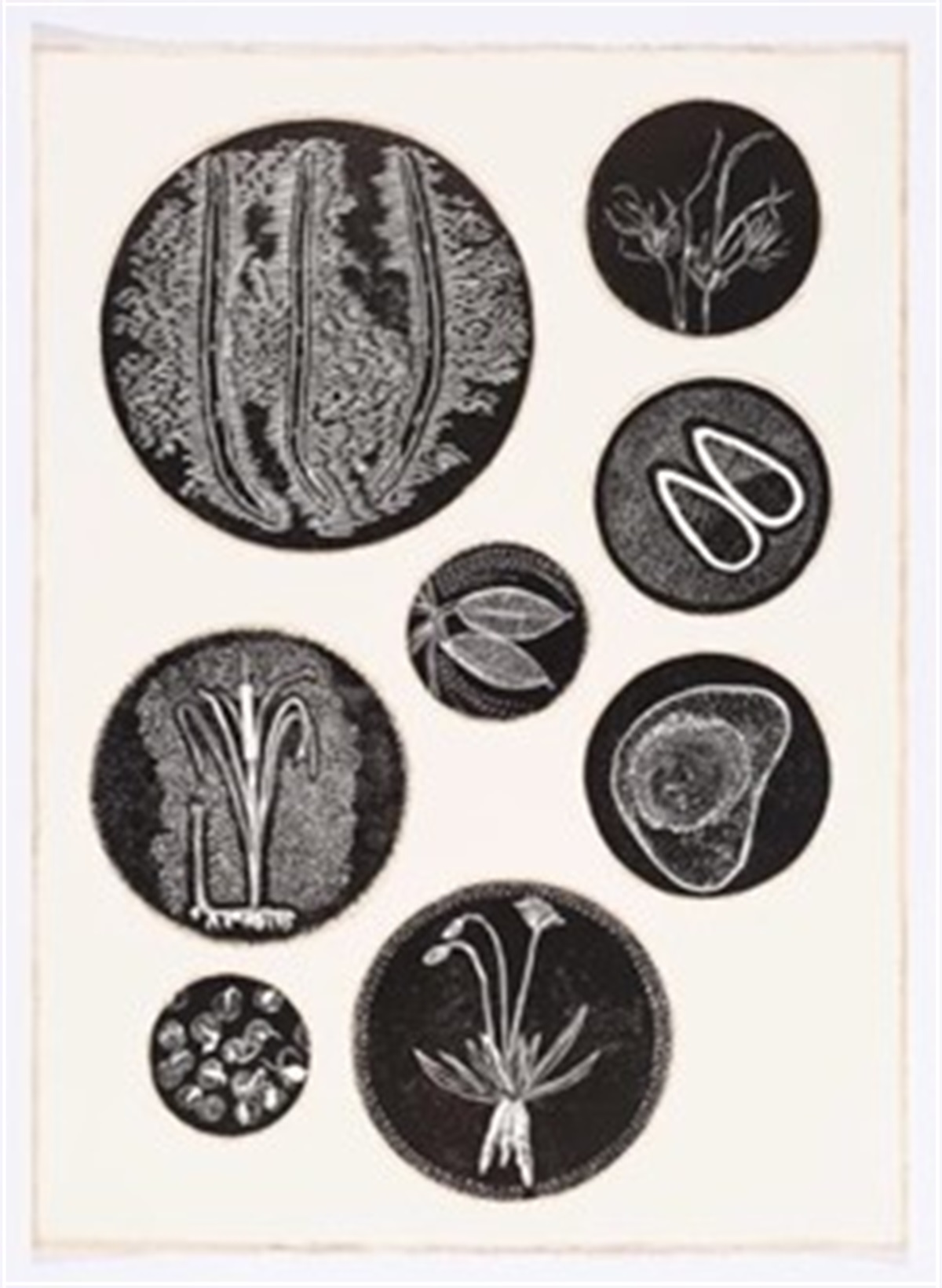Farm biosecurity planning is not a one-size-fits-all process. Every farm is different with each facing a unique set of challenges and risks and business owners having different levels of tolerance of those risks.
After conducting a risk assessment and action plan, the next step is to create a farm biosecurity plan.
A farm biosecurity plan is a practical way of showing how you are preventing the introduction of pests, disease, weeds and contaminants to your property, spreading around your property, or spreading from your property.
A farm biosecurity plan should:
- Define your responsibilities;
- Outline the disease protocols used on your property;
- Ensure property information and biosecurity measures are quickly accessible; and
- Enable you to easily communicate your biosecurity procedures to others.
To assist you in developing a farm biosecurity plan, several organisations have developed templates, ranging from industry-specific to more general. Whichever template or tool you use, remember to tailor and adapt it to your individual situation and to your specific biosecurity risks.
Industry peak bodies are often a good resource for accessing biosecurity planning information. The following websites provide biosecurity templates and tools:
- Agriculture Victoria – agriculture.vic.gov.au/fmd
- Animal Health Australia: Better on-farm biosecurity – animalhealthaustralia.com.au
- Dairy Australia – dairyaustralia.com.au
- Farm Biosecurity action planner – farmbiosecurity.com.au
- MLA Integrity Systems – integritysystems.com.au
There are no right or wrong answers when developing a farm biosecurity plan – the only bad biosecurity plan is the one you don’t have. A farm biosecurity plan is a tool to help you identify the risks on your farm and document how you will manage them.
Information on how to develop a farm biosecurity plan can be found on the Agriculture Victoria website, or phone 136 186. Workshops and webinars on developing a farm biosecurity plan are also currently being delivered. Visit agriculture.vic.gov.au/events for details.







